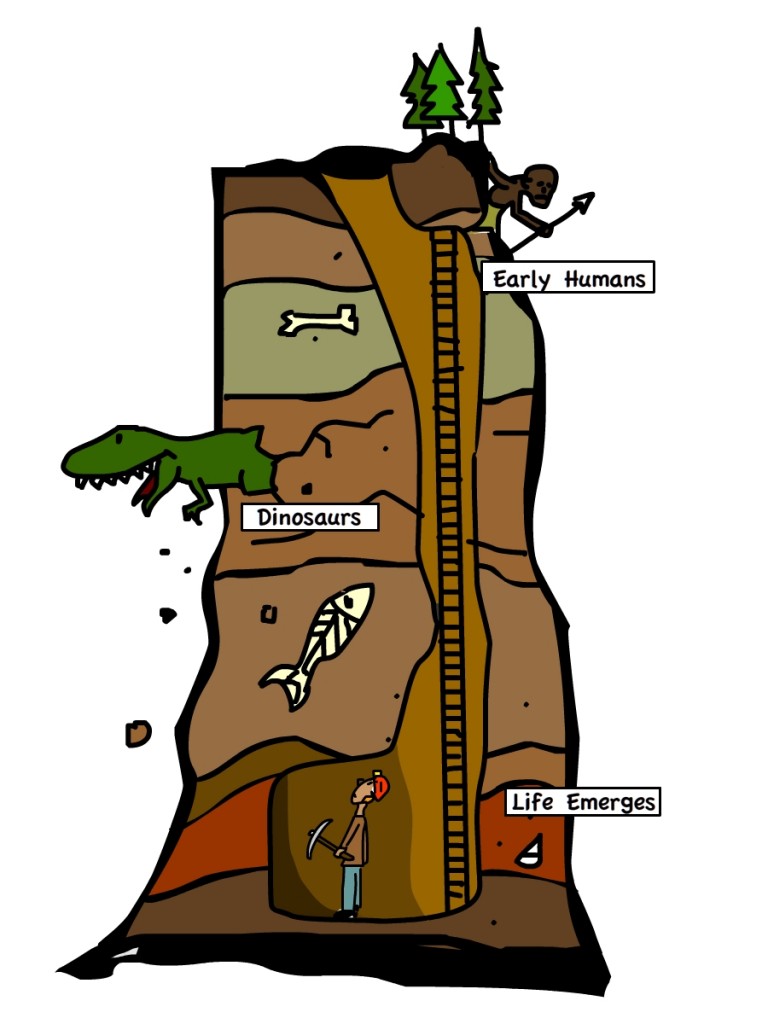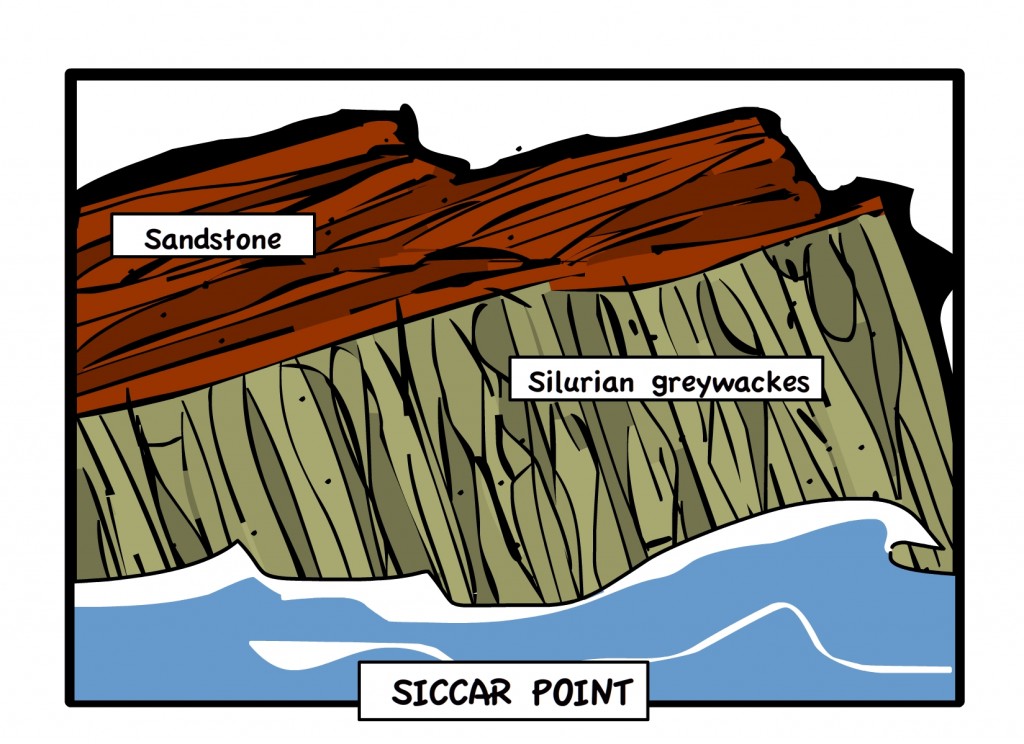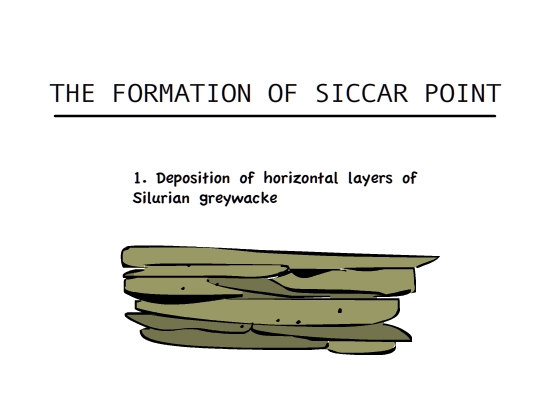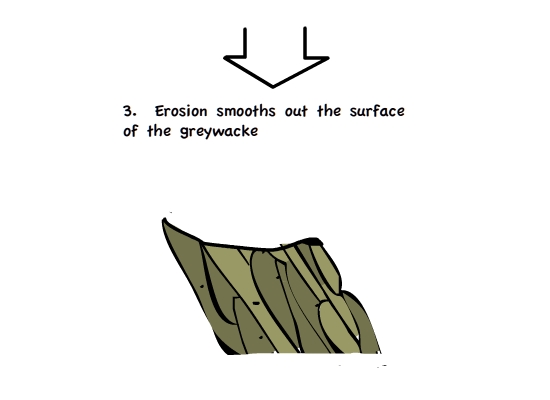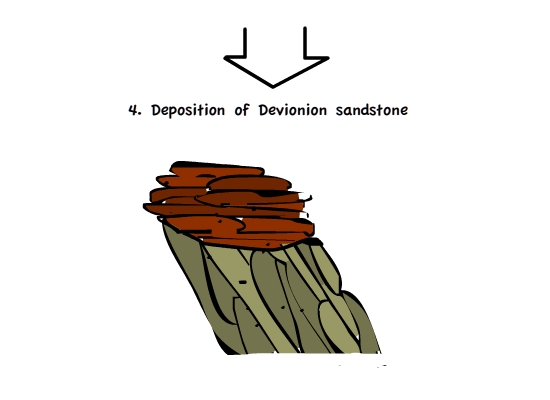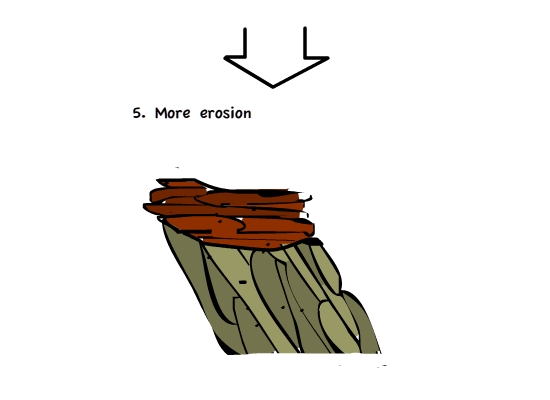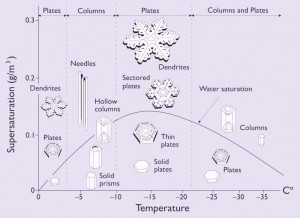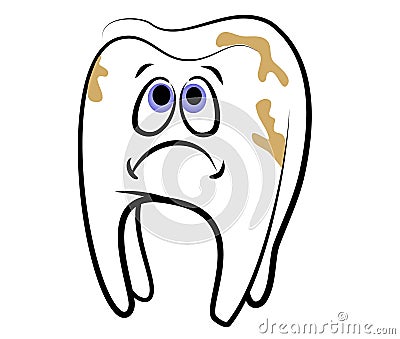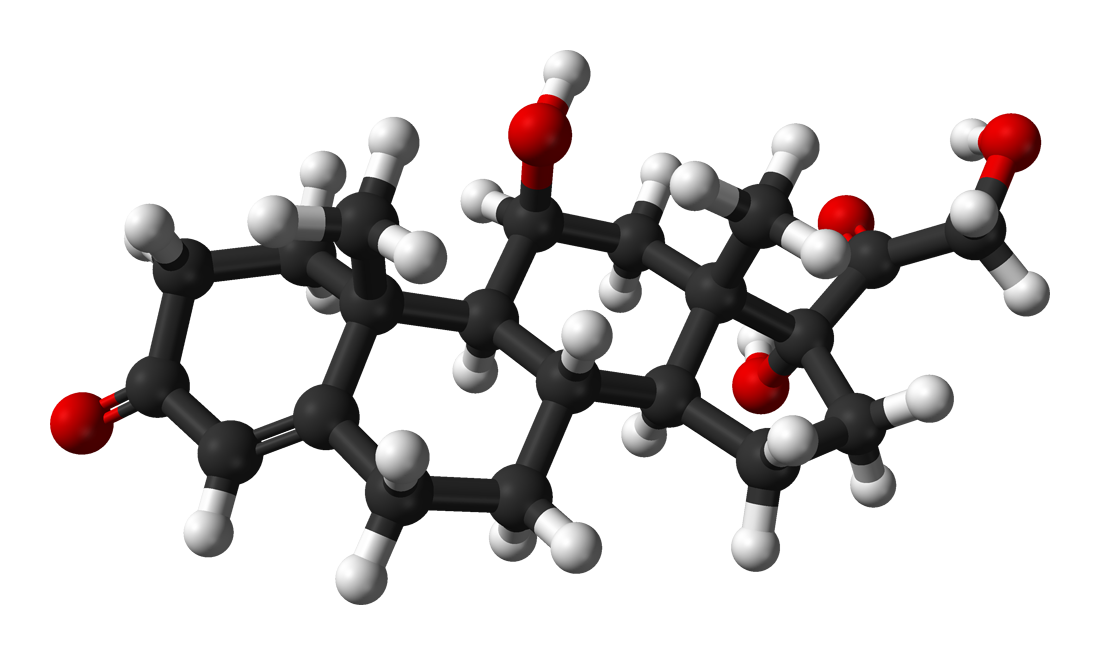If you are allergic to peanuts, you must know how annoying and potentially deadly an allergic reaction is. It is the most common and severe food allergy, as it affects one in fifty children. It causes problem with breathing and can even induce anaphylactic shock upon ingestion in severe cases. Peanut allergies can even go as far as making an impact on one’s social life as well when all action has to be taken to avoid making contact with peanuts at all cost. Needles to say, a peanut allergy is a big inconvenient. However, it seems as though scientists might have found a cure!
In an attempt to find a cure for the peanut allergy in children, scientists conducted a study where small increments of peanuts were exposed to children’s diet. They first started with peanut proteins equivalent to 1/70 of a peanut, then slowly increased the amount. After a few months, 88% of the participants built the tolerance to eat 5 peanuts a day, and 58% were able to eat as much as 10 peanuts. The experiment was carried out in two six-month periods; in the first six months, the children were given a placebo. Actual peanuts were prescribed in the second six months. No peanut tolerance was observed when the children were given the placebo, so the results in the end were definitely not due to the placebo effect. This study was recently published and the scientists hope that one day this will become a treatment for peanut allergies.
This is a video the details the overall experiment:

The peanut treatments were conducted in a controlled environment in case of the occurrence of an allergic reaction. This should not be tried at home. This study is still in it’s early stages and can not be considered a cure just yet. However, the results are significant and are a beacon of light for those who have severe allergies. If a cure for peanut allergy is possible, then perhaps a remedy for other allergies might someday be a reality as well. Hopefully, in the near future, allergies will no longer exist as a limit to people’s everyday activities.
By: Kimberley Xiao
References:
http://www.popsci.com/article/science/potential-cure-peanut-allergy-successful-test?dom=tw&src=SOC
http://www.thelancet.com/journals/lancet/article/PIIS0140-6736(13)62301-6/abstract





